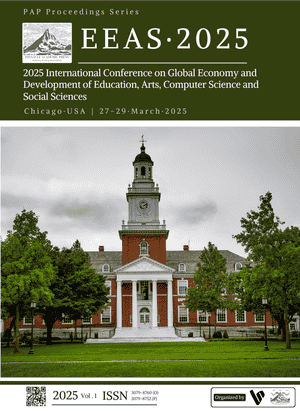Applications of the Counterfactual Method to Problems in Number Theory
Keywords:
inverse method, number theoretic problems, applied analysisAbstract
The counterfactual method, which involves assuming the negation of a given proposition and deducing logical contradictions, serves as a powerful tool in solving problems in number theory. By carefully identifying and analyzing false assumptions, this method demands rigorous logical reasoning and strict avoidance of circular arguments. Its application not only helps verify the validity of mathematical statements but also fosters deeper insight into the structure of numerical relationships. Moreover, the method sharpens one’s ability to think critically and systematically, thereby contributing to both theoretical advancements and the cultivation of mathematical thinking.
References
1. S. Y. Yan, Elementary Number Theory. Number Theory for Computing, pp. 1-172, 2002, doi: 10.1007/978-3-662-04773-6_1.
2. A. Balke and J. Pearl, "Counterfactual probabilities: Computational methods, bounds and applications," in Uncertainty in Artificial Intelligence, Morgan Kaufmann, Jan. 1994, pp. 46-54, doi: 10.1016/B978-1-55860-332-5.50011-0.
3. M. A. Prado-Romero, B. Prenkaj, G. Stilo, and F. Giannotti, "A survey on graph counterfactual explanations: Definitions, methods, evaluation, and research challenges," ACM Comput. Surv., vol. 56, no. 7, pp. 1-37, 2024, doi: 10.1145/3618105.
4. F. Jackson, "A causal theory of counterfactuals," Australas. J. Philos., vol. 55, no. 1, pp. 3-21, 1977, doi: 10.1080/00048407712341001.
5. D. Brughmans, L. Melis, and D. Martens, "Disagreement amongst counterfactual explanations: How transparency can be misleading," Top, pp. 1-34, 2024, doi: 10.1007/s11750-024-00670-2.
Downloads
Published
Issue
Section
License
Copyright (c) 2025 Weisi Tang, Yunkun Song (Author)

This work is licensed under a Creative Commons Attribution 4.0 International License.



